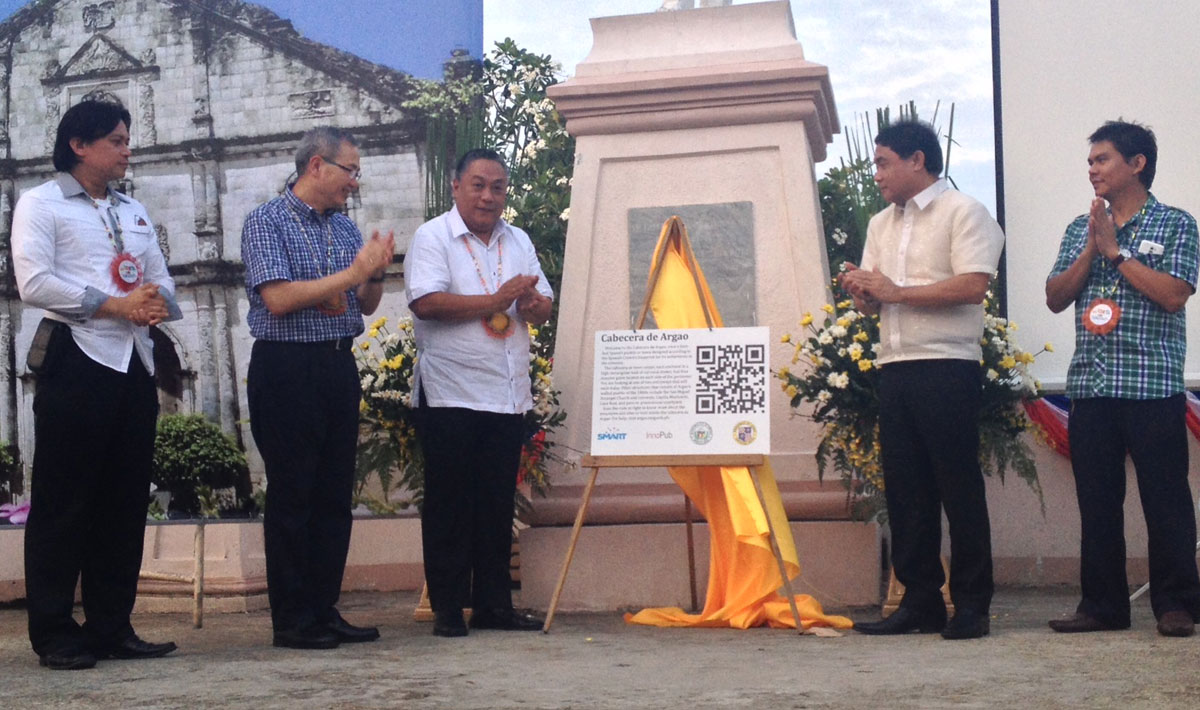When someone mentions torta, I usually and immediately think of Argao because I associate this popular Cebu delicacy with the town. I’m sure a lot of Cebuanos do the same.
Our frequent visits to Argao however have made me realize that its indigenous industries of torta and tableya, another specialty, are just one of the many facets that make up this southern town of Cebu.
From research and interviews, I’ve learned things about Argao that are not common knowledge and have come to better appreciate my visits. Beyond the torta, and it is delicious by the way, I’ve come to know Argao as a town steeped in history, rich in socio-cultural heritage, and with an abundance of natural resources.
Trips are truly more meaningful if you know what to look for in a place. The problem is, information about Cebu’s rich historical and socio-cultural heritage as it relates to towns like Argao is not easily accessible to the ordinary traveler.

Take for example the San Miguel Arcangel Church, a late 18th century structure remaining of Spanish colonial times.
While it may seem at first glance to be like any other church built by the Spanish clergy, this structure in Argao differs in the artistic and elaborate ornamentation that can be found on the facade, pediment, retablo, pulpit, ceiling, and other interior portions.

Its facade, according to Paul Gerschwiler in his historical outline of Argao, is divided into nine panels by two double cornices that intersect with four vertical paired half columns and only five of the more than 160 Augustinian churches used this style, all of them built in the southeastern coast of Cebu.
This and other relevant information related to the church in particular and travel to the town in general is being made available to travelers through a digital tourism program that is a collaboration among our new media start-up, InnoPub, our main partner Smart Communications, Inc., and the local governments of Cebu Province and Argao.
Our digital tourism project comes in three components. It involves a web-based guide to Argao, mobile application format, and markers placed on historical and heritage structures. The markers carry quick response codes which allows guests to download more information when scanned with a smartphone or tablet. The guide, web-based an app versions, lists all places and activities of interest in the town.
The project was launched Friday at Argao’s historic “cabecera” or town center, with Cebu Gov. Hilario “Junjun” Davide, Argao Mayor Edsel Galeos, and PLDT-Smart public affairs head Mon Isberto in attendance.
If you ever find yourself going around the town, we have a quick guide accessible at argao.myguide.ph, mobile app for Android devices that can be downloaded at Google Play, and QR code markers placed on important structures within the “cabecera de Argao.”

